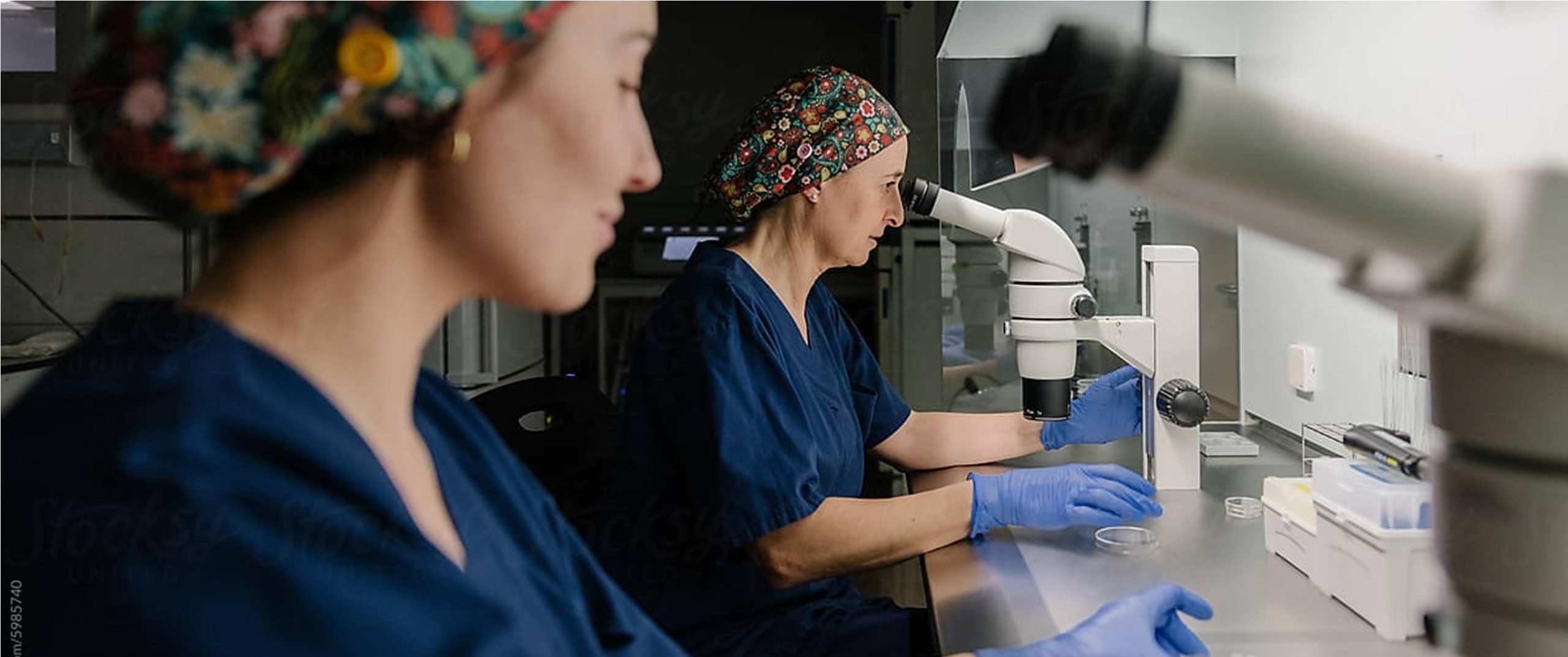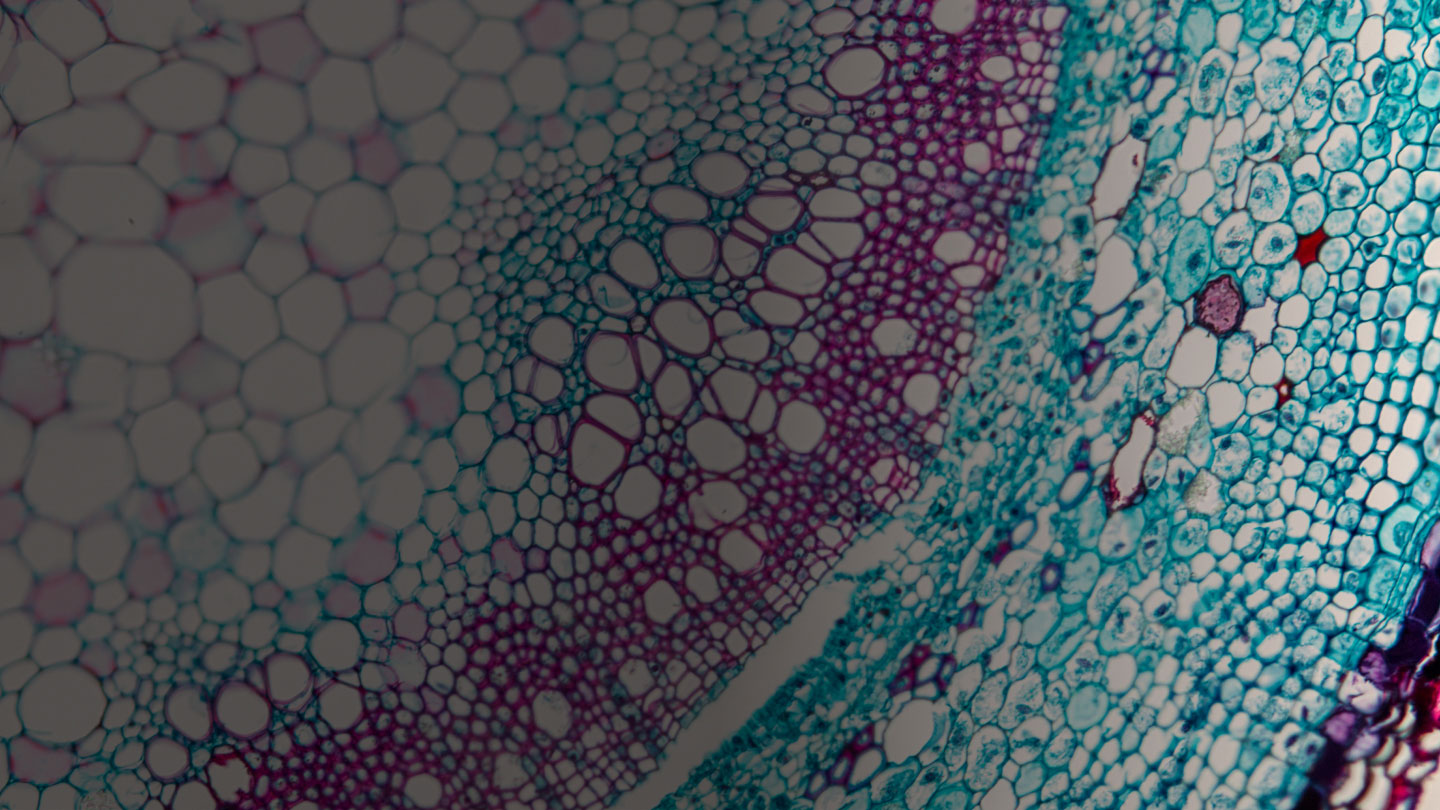
Necessity to Ingenuity: The fascinating connection between need and innovation
Apple’s place at the zenith of cool technology seems almost unassailable and has been so, at least in the mainstream, since the arrival of the iPhone in 2007.
So, it is ironic that the coolness attributed to Apple and the iPhone is substantially due to a technology that was developed in the relatively obscure field of assistive technology, which aims to solve the challenges of disability and rehabilitation.
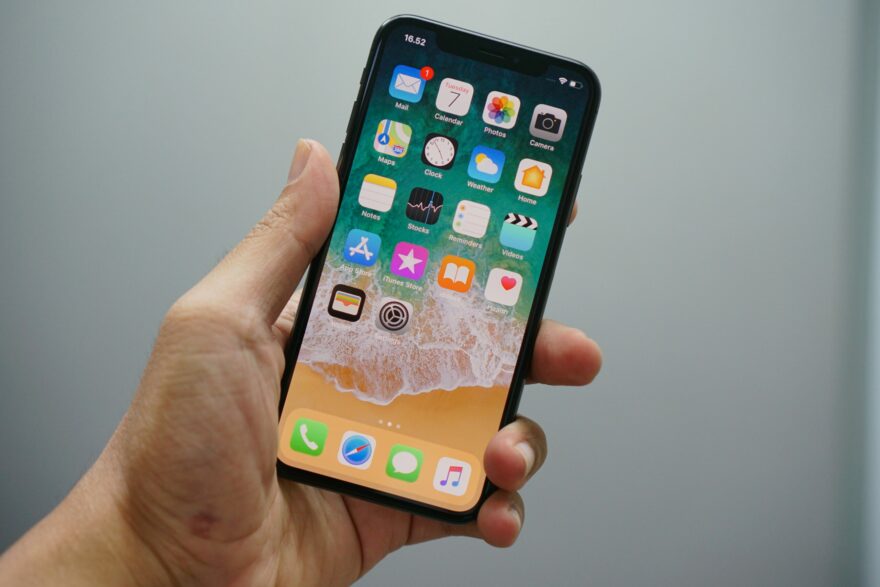
In 2005 Apple acquired a tiny university spin-off known as Fingerworks, a company that had developed TouchStream zero-pressure keyboards for people with repetitive strain injury (RSI). Underpinning this technology were the foundations of gesture technology (swipes, pinches, etc.).
Today, the patents Apple came to own through the Fingerworks acquisition are some of its most valuable and gesture technology is now ubiquitous. So, special thanks to those disability and rehabilitation researchers.
How Deafness Research Resulted in The Telephone
Sticking with phones, back in 1876, we see necessity and personal experience with disability played a huge part in Alexander Graham Bell’s invention of the telephone. His wife and mother were deaf. Bell’s research was focused on acoustics, in particular the measurement of sound and experimentation with hearing devices. It is a long story, but the telephone is a direct result of this work. The short story is that his work developing hearing aids radically transformed the way the world communicates.
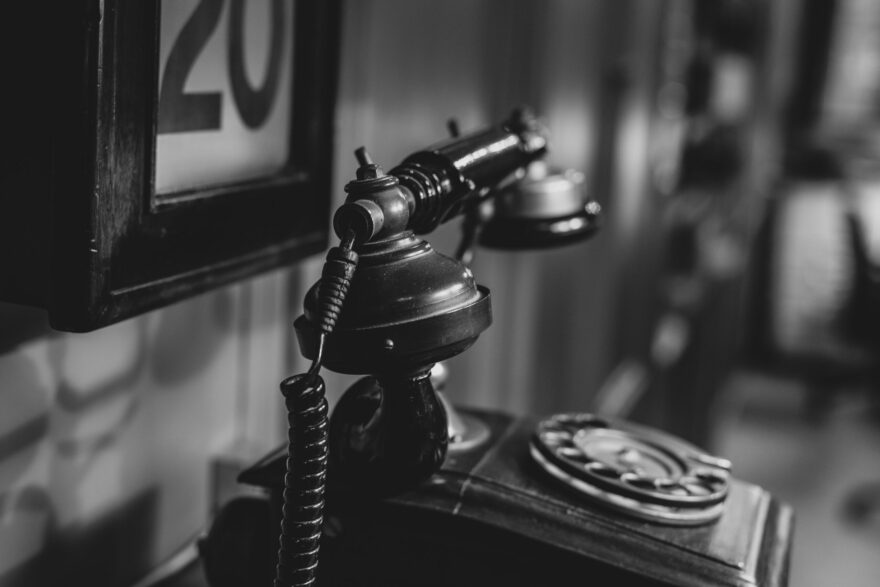
We find the same dynamic at work in many fields. Health and medical research are very similar. Just as the telephone was a by-product of work on hearing aids, the discovery of penicillin was an accidental by-product of research into bacteria.
Alexander Fleming was interested in finding answers to the challenges of infections that cause so much harm to humans, such as scarlet fever, pneumonia, gonorrhoea, meningitis, and diphtheria.
So, it’s no surprise that Fleming immediately understood the implications of what he was seeing when a stray mould fungus appeared in a dish of bacteria, impeding the bacteria’s growth. The substance became known as penicillin and it has been at the frontline in our fight against infection ever since.
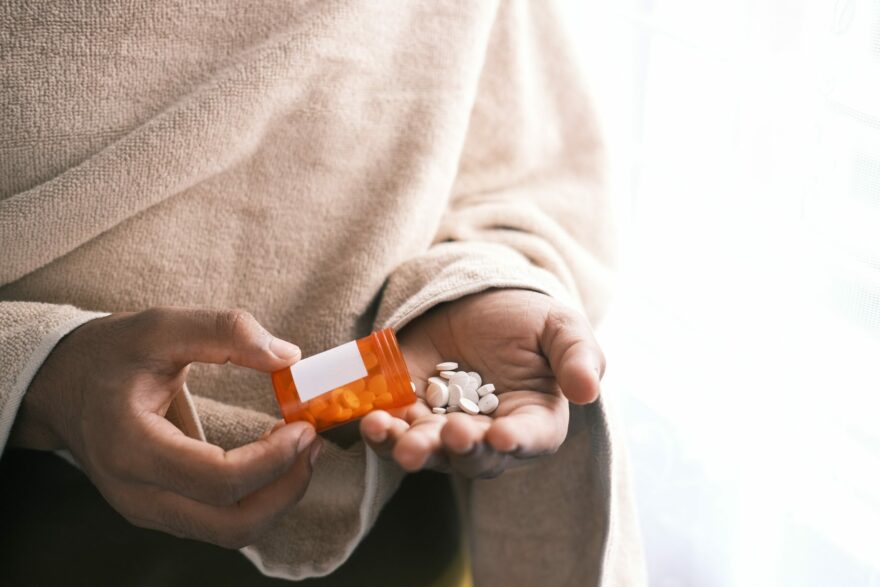
While Bell and Fleming sought to answer major human challenges, there was a degree of poetic accident in their discoveries. Others are far more direct. Take, for example, Dana Lewis, a diabetic who wanted an artificial pancreas to better regulate her insulin at night. It was something the medical devices industry had been promising for decades.
Dana connected with a software engineer and some like-minded people who also had type 1 diabetes, to design a system that monitored blood sugar levels every few minutes and could provide the right dose of insulin to keep people within a healthy range.
Lewis and her team wrote the code themselves, used off-the-shelf hardware, and connected these to commercially available glucose monitors and insulin pumps. It worked!
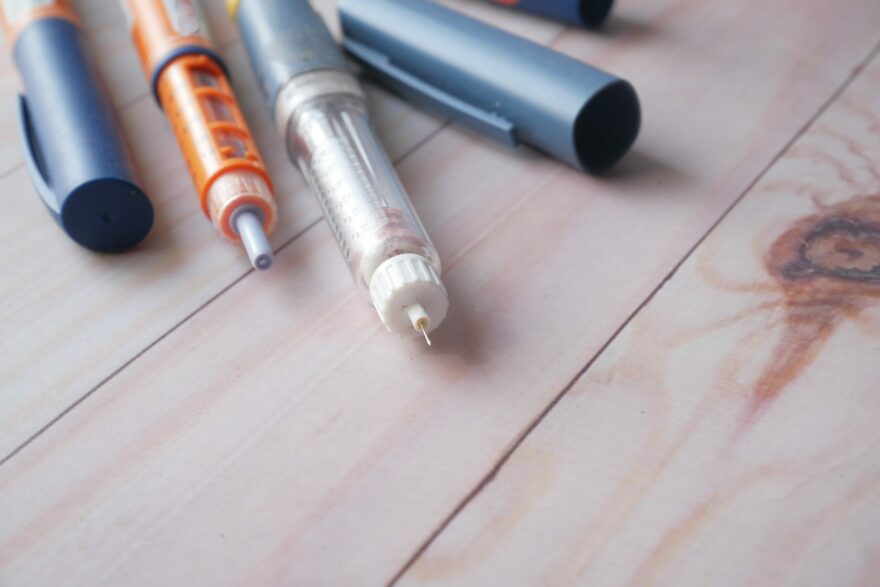
The inventive team made their artificial pancreas software open-source and shared their invention. They effectively started a movement, called Open Artificial Pancreas System (OpenAPS).
OAPS is an inspiring story and one that we at harrison.ai relate to because their motto is ‘We are not waiting to reduce the burden of type 1 diabetes’.
Demands on The Healthcare System Are Multiplying
The pressure building on healthcare systems around the world is immense and only becoming greater. We simply must be more inventive. We must invent if we are going to meet the necessities of healthcare. The word necessity means ‘indispensable’ or ‘unavoidable’.
Our intelligent X-ray diagnosis tool Annalise CXR, takes pressure off the system and supports better clinical decision-making. The tool was built using machine learning technology paired with the analysis of large amounts of clinical data, and provides radiologists with comprehensive diagnosis assistance.
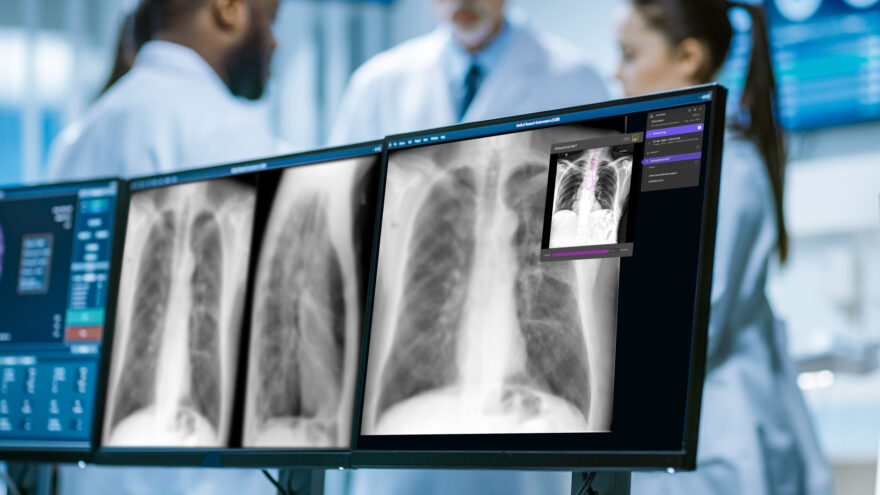
The outlook is that demand for images will increase as the population ages. It was the topic of a recent article published by RSNA. “The demand for imaging is outpacing what we’re doing on the training side,” said Dr. Yaghmai, professor and chair of radiological sciences at the University of California, Irvine. “The number of radiologists in the workforce is not growing as fast as the population and the demand for imaging.”
When faced with a dilemma like this, AI becomes an obvious avenue to explore. Thankfully, as Annalise.ai continues to be spread around the world we start to see the technology making a difference at scale.
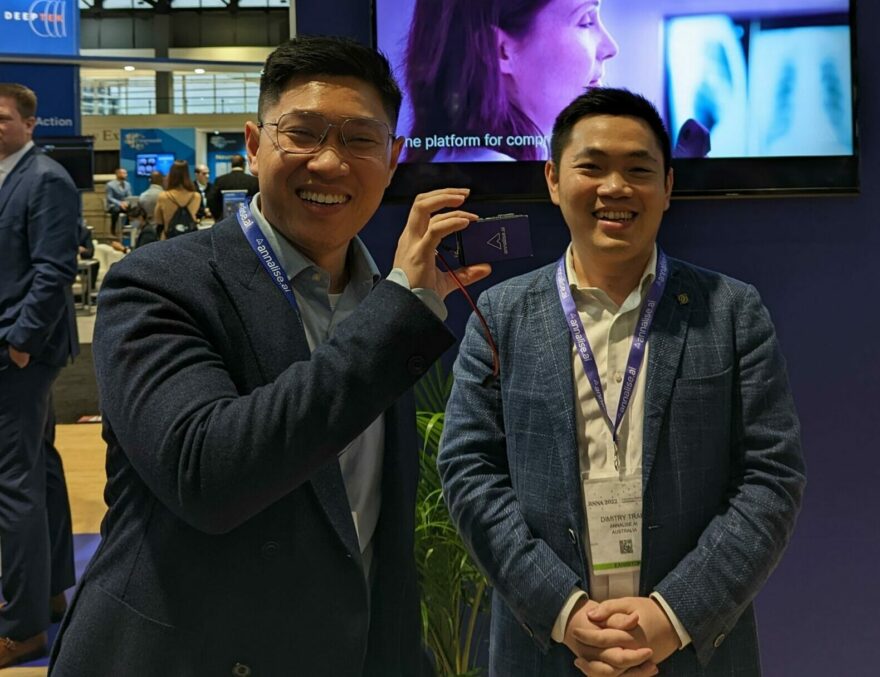
Now that Annalise.ai has proven our technology and partnerships model works, we are following with an AI solution that can be applied on a global scale to take pressure off pathology, another healthcare necessity demanding invention, and an area of science that lies at the heart of medicine.
Pathology faces the same demand and supply challenge that radiology does. And, like many fields, there is a global imbalance. In a recent study published on The Pathologist, an industry media outlet, it was found that the United States has 65 pathologists per million people, whereas in Africa, on average, there are fewer than three pathologists per million.
So, our relatively new startup, Franklin.ai, has a huge opportunity to leverage AI in pathology and make a difference, not just in overall scale, but hopefully in achieving better access to pathology service in countries where pathologists are most scarce.
On the face of it, the invention of the telephone, the iPhone and AI applications in radiology or pathology have little in common. However, digging a little deeper and discovering how invention and success can be attributed to the desire to enable access to communication technology, to relieve pain, manage diabetes, or improve and scale clinical expertise, we find that they do have much in common. Solving humanity’s most pressing challenges remains a cause that unites us all and adds passion to invention.
Subscribe below for more healthcare & AI insights.
About Harrison.ai
Harrison.ai is a global healthcare technology company that enhances clinician capacity and patient care through AI automation. Clinician-led and patient-first, our suite of solutions supports earlier, more accurate diagnoses and seamlessly integrates into clinical workflows.Harrison.ai solutions are available in 40+ countries and to half of all Australian radiologists. They are clinically deployed at 1,000+ customer sites globally, including 40+ NHS Trusts and all public emergency departments in Hong Kong. With 3,400+ clinicians using our tools, Harrison.ai has impacted more than 7 million patients’ lives to date.



